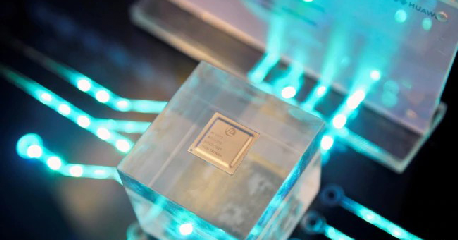![]()
Indian Prime Minister Modi delivered a video speech at the industrial revitalization conference (Bangalore, April)
India is vigorously attracting semiconductor companies to set up factories there. The Indian government issued a support policy of 760 billion rupees for semiconductor and liquid crystal production in December 2021, and recently decided to expand the subsidy target. Geopolitical changes such as Sino-US confrontation have also become a driving force, and India is making active efforts to take root for new giant industries.
The Indian government said in late September that the proportion of business cost support that was previously different according to the level of technology will be adjusted to 50% in the future. Previously only some technologies could get 50% support.
India's semiconductor supply has always been dependent on overseas, and with the development of the IT industry, the country's semiconductor demand has increased. According to forecasts by the Indian Electronics and Semiconductor Association (IESA), the size of the Indian semiconductor market will reach US$64 billion in 2026, increasing to more than double that in 2021.
"A new world order is being established, and we must seize this opportunity." Prime Minister Narendra Modi called for this in a video speech at the Semicon India (Indian Semiconductor Conference), the first semiconductor industry revitalization conference held in April.
In the semiconductor field, against the backdrop of Sino-US confrontation, the possibility of setting up production bases outside China has increased. Modi emphasized that India, where the economy continues to grow, is a promising market for semiconductor investment, and also stated ambitiously to strive to make India the center of the semiconductor field.
At present, many companies intend to set up factories in India. Vedanta, a large Indian resource company, cooperated with Foxconn Technology Group, a subsidiary of Taiwan's Hon Hai Precision Industry, and signed a semiconductor production memorandum with the western Indian state of Gujarat in September.
There are also strong infrastructure concerns about the production of semiconductors in India. Can India have a stable supply of water and electricity to keep current business plans on track? The success or failure of the semiconductor revitalization will become a touchstone for the future position of the Indian industry in the era of Sino-US confrontation.


